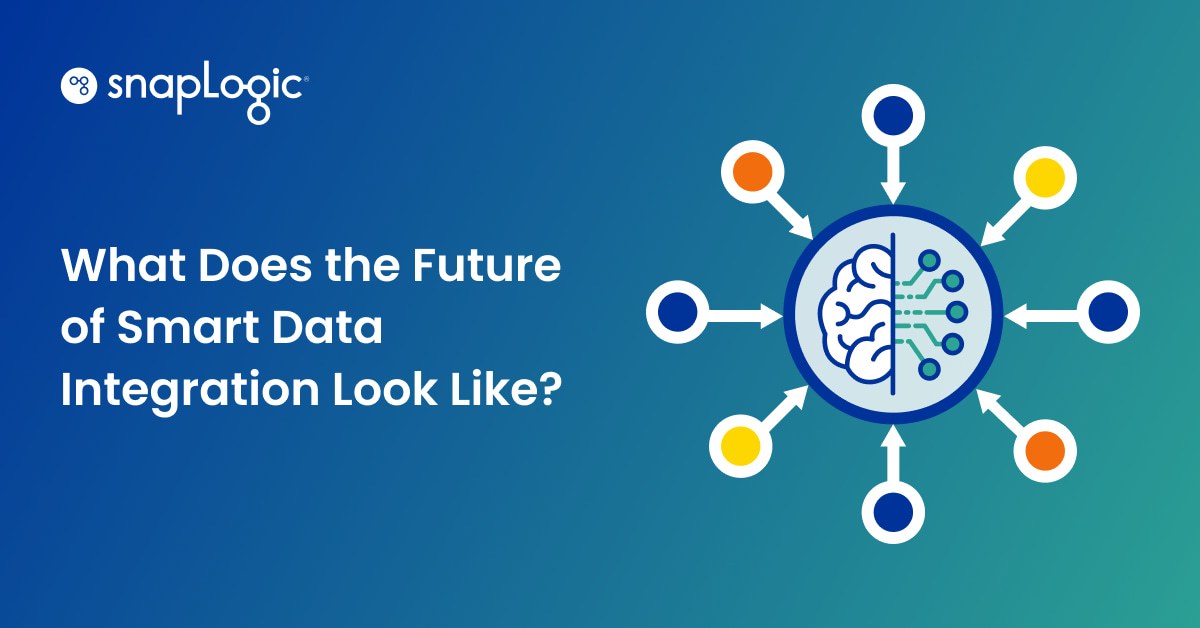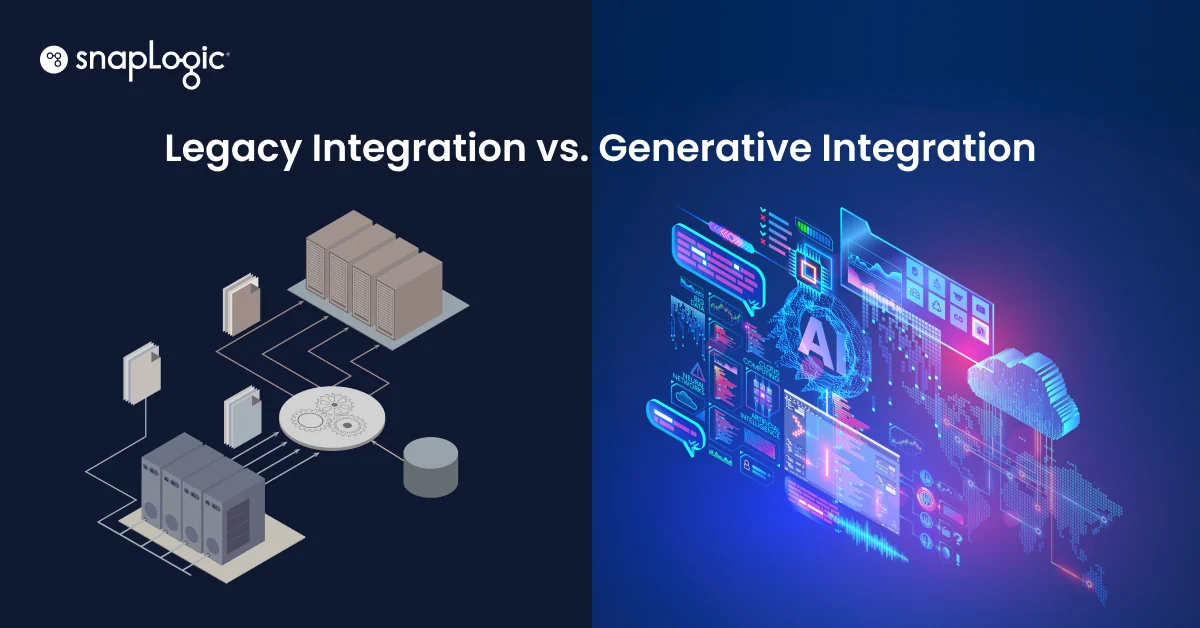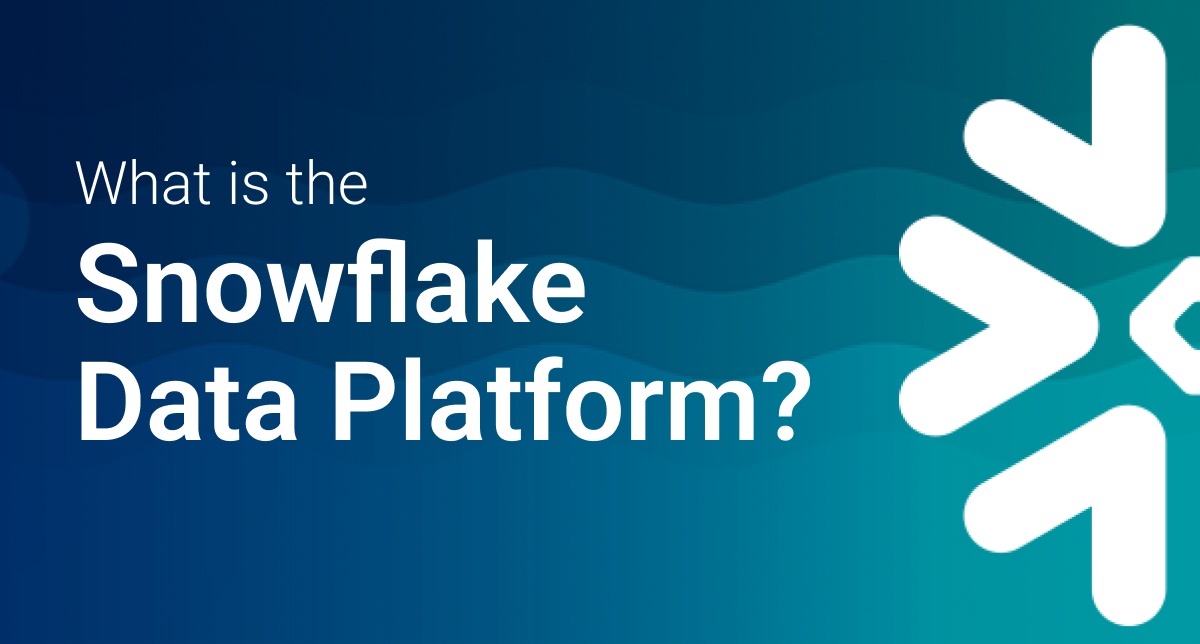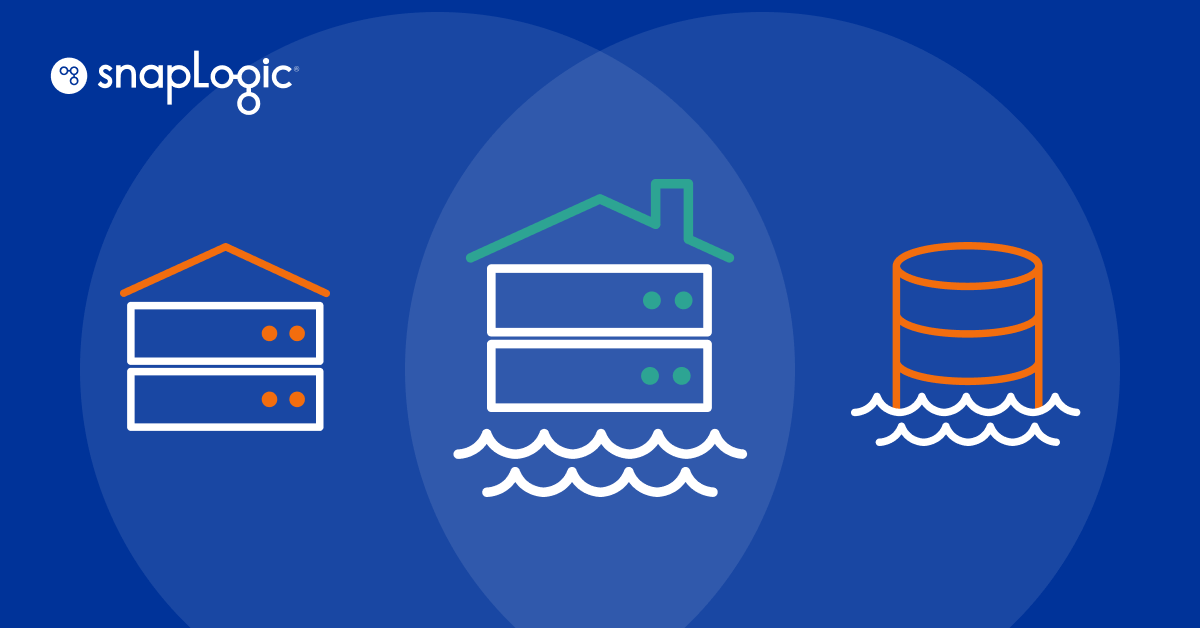As pressure mounts on organisations to be more streamlined, profitable and productive in a downturned economy, unlocking the value of data has never been more critical. This theme was particularly evident in the Snowflake Data World Tour, which SnapLogic was excited to be a part of in the APAC region as well as in Europe and North America. Here’s a quick recap of key learnings and insights from the event.
Unlocking Data Silos and ‘Walled Gardens’
In order to unlock the true value of data, we need to remove the silos and centralise data from disparate data sources. However this continues to be a huge problem for enterprises in the current environment, where more and more businesses are moving their business online.
Data integration is critical to the success of organisations today. And yet, according to recent SnapLogic research in partnership with Vanson Bourne, 83% of ITDMs (IT decision-makers) are not completely satisfied with the performance and output of their data management and data warehousing solutions.
This dissatisfaction stems from issues relating to data formatting, regulations and speed of data movement and accessibility within the organisation. Meanwhile in scenarios where customer data is fragmented and siloed, it can lead to poor customer experience along with internal operational inefficiencies.
No data integration means no data insights, which leads to impaired decision-making – it’s an equation that adds up to adverse business outcomes and poor user experience. In fact, the average organisation reports losing more than AU$1.45 million each year due to poor data management.
Organisations must find a better, simpler way to access and analyse their data efficiently – doing so is key to making better data-driven decisions and winning in a saturated market.
The Rise of the Cloud Data Warehouse
While the cloud data warehouse is growing, most enterprises are still in their early stages of adoption of and yet to truly realise the full benefit of all the benefits and capabilities.
Generally speaking, data warehouses perform all the heavy lifting to transform non-relational data files into a relational structure that makes it easier and faster to extract and analyse data.
Pros:
- Supports multiple formats
- Uses column formatting
- Faster access and analysis
- Separates storage from compute
- Can integrate with data lakes
Cons:
- May be better to separate out data lakes
- Limits org to the same data warehouse
- Slower query results
- Can become a data dumping ground
Snowflake is continuing to define the cloud space and has a growing ecosystem of application and SI partners to spur their growth.
Accelerating the Pace of Change
The enterprises that will win in the data economy are those that can harness data from every source and turn it into powerful insights. With data as the driving force of the future, it’s imperative to have an integration platform that can seamlessly integrate, automate and mobilise data to any data warehouse with a simple, powerful solution.
SnapLogic’s powerful AI intuitive integration platform allows for customers to accelerate and embrace their cloud adoption journey through:
- Automating mundane integration life cycle tasks
- Speed of data loading and transformations
- Simple discover of internal and external APIs
- Simplifying discovery of pipeline patterns
For joint customers with Snowflake, SnapLogic offers the flexibility and scalability needed to make the vast amounts of data stored in Snowflake’s Data Cloud rapidly available and actionable for all business decision-makers. The connectivity between SnapLogic’s 500+ intelligent connectors, called Snaps, provides out-of-the-box integrations into Snowflake’s platform via the company’s intuitive UI and low-code platform, reducing the burden on IT.
Low/no code solutions benefit entire organisations because they can be used by everyone, regardless of profession. These easy-to-use solutions empower staff to solve complex problems without relying on IT engineers to make sense of the data first. Having that ability and the agility to pivot with technology and respond to challenges swiftly gives enterprises a leg up on the competition now, and for the future.











